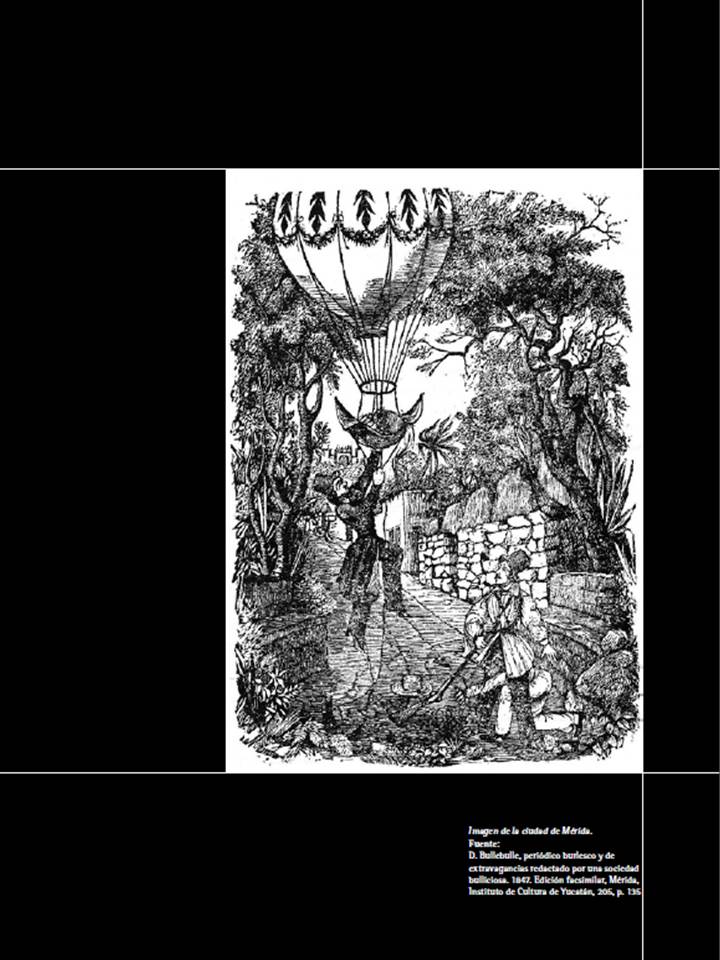Abstract
The main objective of this paper was to make a reading of a nineteenth century topographic map, considering that: a)The map is the territory, implying that a representation is made according to its own conventions of geosciences atthe time in question; b) The map is not the territory, but only a picture of it in paper, where there are different sets ofcultural codes and symbols; and finally, c) The territory is the map (plan) and therefore should be known from what isrepresented. The study took place in the plan of the region known as the Salazar Ilarregui, officially called Plano topográficode la Ciudad de Mérida. ,This is the first known plan of the city, drawn at the time of Maximilian of Hapsburg’sempire. To truly understand this plan, a mix of documentary sources and graphs were studied. This helped to contrastsome assertions made previously, and to raise new questions regarding the document. The continuity of this workpresents many opportunities, since from it you can study the dynamics of urban growth, densities, architectural patternsand pre-existing architectural or urban continuities in relation to the present, among many other possibilities.Apuntes is registered under a Creative Commons Attribution 4.0 International Public License. Thus, this work may be reproduced, distributed, and publicly shared in digital format, as long as the names of the authors and Pontificia Universidad Javeriana are acknowledged. Others are allowed to quote, adapt, transform, auto-archive, republish, and create based on this material, for any purpose (even commercial ones), provided the authorship is duly acknowledged, a link to the original work is provided, and it is specified if changes have been made. Pontificia Universidad Javeriana does not hold the rights of published works and the authors are solely responsible for the contents of their works; they keep the moral, intellectual, privacy, and publicity rights.
Approving the intervention of the work (review, copy-editing, translation, layout) and the following outreach, are granted through an use license and not through an assignment of rights. This means the journal and Pontificia Universidad Javeriana cannot be held responsible for any ethical malpractice by the authors. As a consequence of the protection granted by the use license, the journal is not required to publish recantations or modify information already published, unless the errata stems from the editorial management process. Publishing contents in this journal does not generate royalties for contributors.


